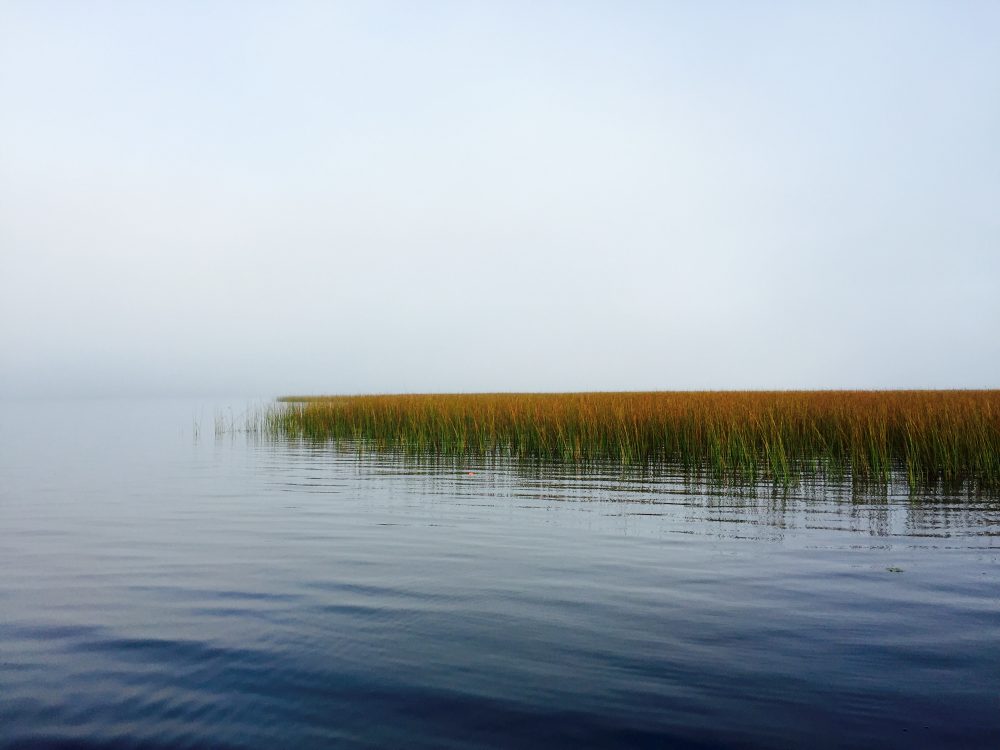Fishing resources and tips for the empowered female angler.
What to Know About Fishing Points for Bass
January 12, 2016

Fishing points for bass can be one of the most productive freshwater fishing strategies regardless of the time of year or the body of water. Points are important structures that bass will almost always relate to because they provide key opportunities for feeding and serve as a highway between shorelines and open water. Although, in order to have the best shot at a successful day of fishing points for bass, it’s best to have an understanding of the different types of points and an idea or two about how to fish each one.
Types of Points
- Primary points are the type of points you are probably most familiar with. These points are generally found on the main portion of a waterway, are highly visible, and are basically peninsulas that extend out into the water from the shoreline. These points create shallow areas that jut out into deeper water. Start by locating the side of the point that has the most dramatic variance in depth. You can try fishing shallow areas using spinnerbaits or lipless crankbaits, and then fish the deeper spots using a Carolina rig or a Rat-L-Trap.
- Secondary points are found in lake arms, bays or coves. These types of points can be easy to miss since they aren’t as prominent as primary points. You may have to use a fishing map or graph to find secondary points. If you’re fishing from a kayak or small boat that doesn’t have electronics, just download the Navionics Boating app and view the bottom contour details using the Sonar Charts. Try spoons, crankbaits, or soft plastic lures rigged Texas and Carolina style when fishing secondary points.
- Cover points are concentrations of aquatic vegetation, submerged wood, or rock piles that extend out into open water. During the spring, try flipping a football jig around hydrilla or bulrush points. When fishing points for bass in Florida, cover points are key areas to focus on since Florida lakes tend to be shallower with more vegetation.
- Channel points drop off dramatically into deep water as they intersect a creek channel or river. They generally extend out just a short distance from the shoreline, and the portion of the point that is above the waterline often appears blunt at the tip. During the winter and early spring months, try suspending baits such as jerkbaits or swimbaits.
- Flat points can be classified as either primary or secondary, but have a much more gradual taper than channel points. Try a topwater lure, such as a Zara Spook or Zara Puppy, when fishing flat points in the morning.
Once you get a hit or two while fishing points for bass, you can find similar points and put a successful pattern together for the day. Have you recently landed a lunker while using a fishing strategy that involved one of these types of points? Share a photo on the Shefishes2 Facebook page or register to leave a comment on this post and tell me about it.